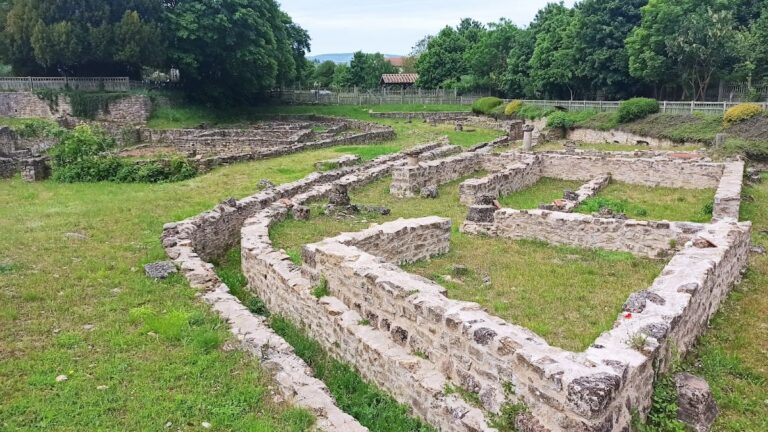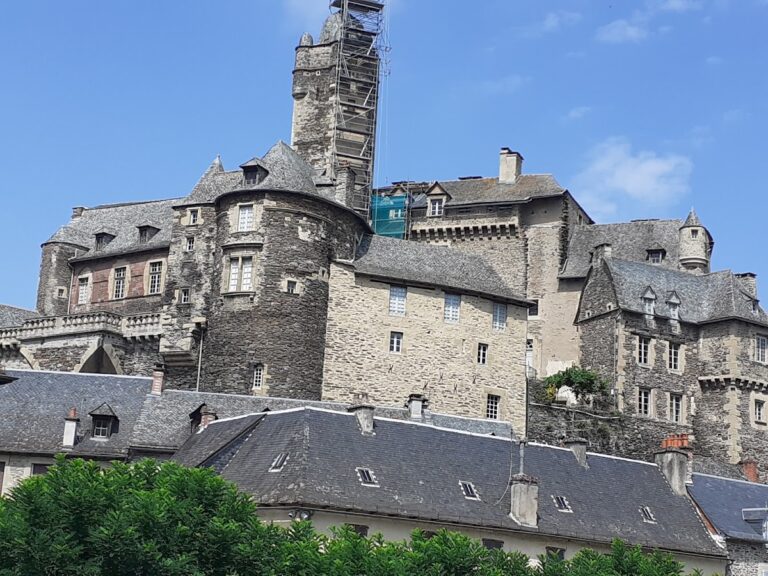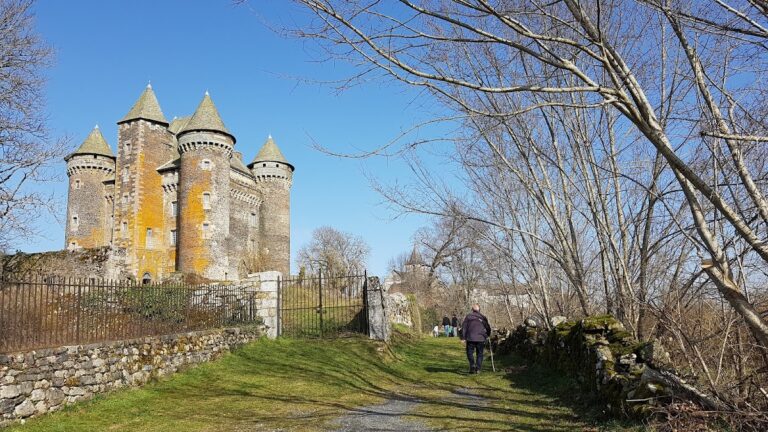Château de Sévérac: A Medieval and Renaissance Fortress in France
Visitor Information
Google Rating: 4.4
Popularity: Medium
Google Maps: View on Google Maps
Country: France
Civilization: Unclassified
Remains: Military
History
The Château de Sévérac is situated in the municipality of Sévérac-le-Château, France. This fortress was constructed during the medieval period by the local feudal lords known as the barons of Sévérac.
The earliest phase of the castle’s history is tied to the baronial family of Sévérac, who owned the site during the Middle Ages. The original line of these barons ended in the late twelfth century. After a period of absence, the family name was revived by the de Caylus family, who took ownership. However, this lineage also became extinct in 1427. Subsequently, the property passed into the hands of the house of Arpajon, a notable family that maintained control for several centuries thereafter.
Significant transformation of the castle occurred in the seventeenth century under Louis Arpajon, also known as Louis VI de Sévérac. Born in 1590, he pursued a program of modernization that incorporated Renaissance influences. To achieve this, he collaborated with the Florentine architect Gargioli, introducing stylistic and structural changes that reflected contemporary tastes. Louis VI was also distinguished as a patron of the arts, supporting painters, sculptors, and architects of his time. Among those who benefited from his patronage was Cyrano de Bergerac, a figure remembered for his literary and intellectual contributions.
The château experienced decline by the early twentieth century, culminating in the collapse of its roof in 1921. This event led to its classification as a historic monument in 1922, initiating efforts to preserve the site. Over the following decades, restoration work has been undertaken to stabilize and conserve the ruins. Today, the castle belongs to the local commune and forms part of a collective group of twenty-three castles in the Aveyron region that highlight the medieval heritage of the area, known collectively as La Route des Seigneurs du Rouergue.
Remains
The Château de Sévérac retains substantial archaeological remains that reveal its complex medieval origins and later Renaissance modifications. The defensive layout is characterized by surviving fragments of ramparts and walls that once enclosed the stronghold. These fortifications were constructed using local stone and demonstrate typical medieval military architecture designed to protect against sieges.
Among the notable structures are several watchtowers positioned strategically to oversee the surrounding landscape. Their placement offered vigilance over the approaches to the castle, enhancing its defensive capacity. These towers retain portions of their original masonry, allowing for a clear understanding of their role within the castle’s fortification system.
The complex retains a chapel, which would have served as a place of worship and religious observance for the castle’s inhabitants. The chapel is still standing and is utilized in modern times to display exhibitions related to medieval costumes, providing insights into the cultural practices of the period.
A well-preserved kitchen area also survives within the castle grounds. This space is interpreted through demonstrations of medieval cooking techniques, highlighting the daily functional aspects of the castle’s operation. The kitchen’s architectural features include hearths and work surfaces indicative of the domestic technologies of the Middle Ages.
Of particular interest is the south-facing façade of the castle, which reflects Renaissance stylistic elements introduced during the Arpajon family’s renovations. This façade remains visible and stands as a testament to the seventeenth-century efforts led by Louis VI de Sévérac and architect Gargioli to modernize the stronghold while blending it with contemporary artistic trends.
The site itself, though in a state of ruin, has undergone restorative measures to preserve its essential elements. Visitors today can witness the combination of medieval defensive constructions alongside Renaissance architectural features. The site’s elevated position affords broad panoramic views over the Aubrac mountains, reinforcing its historic strategic importance as a lookout and place of refuge.










